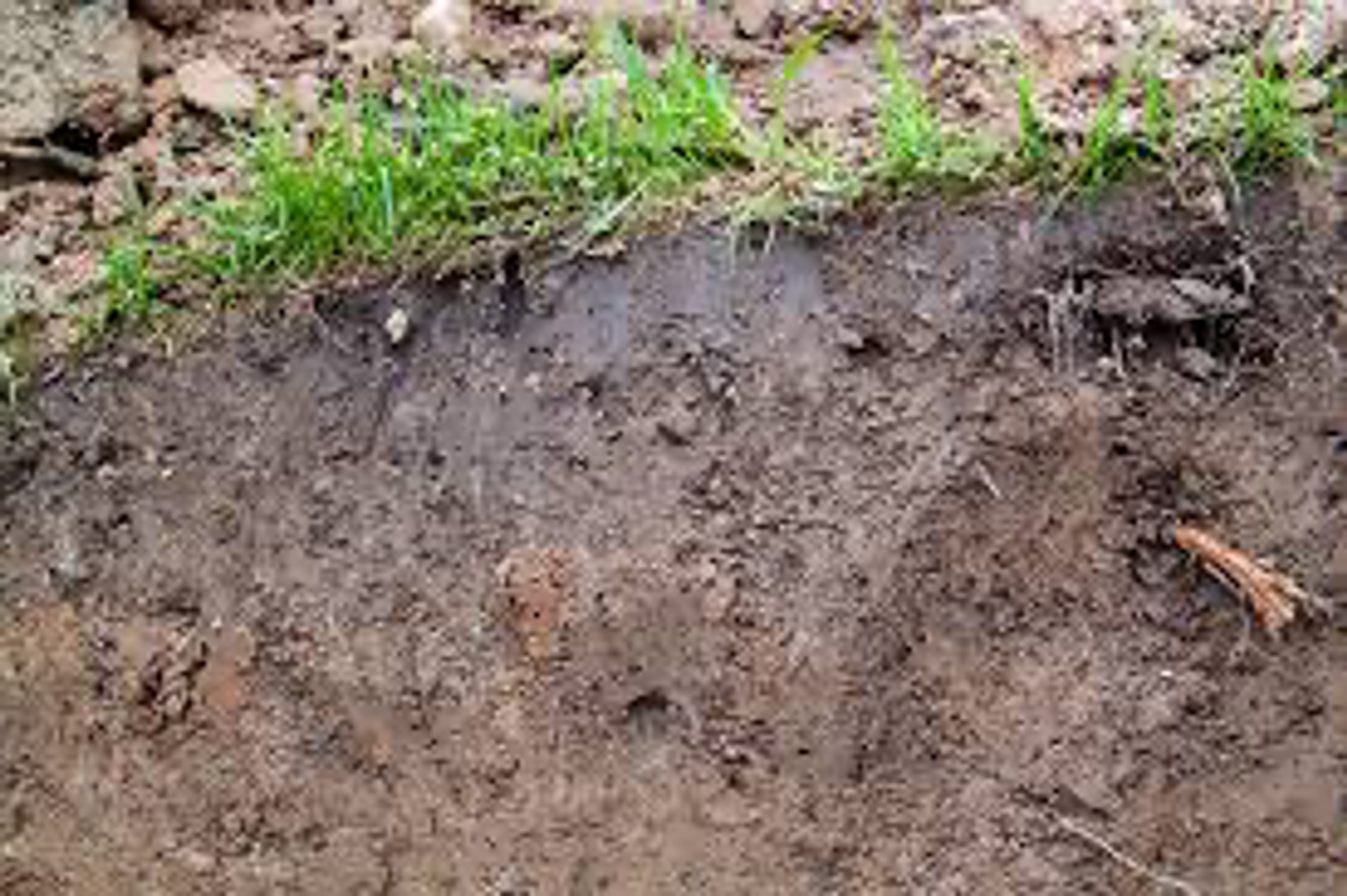From Satellite Data to Actionable Insights: How to Calculate Derived Root-Zone Soil Water Content (DRZSWC) Using Planet Insights Platform

InsightsHow to go from satellite data to actionable insights: How to calculate root-zone soil water content from near-surface soil water content
Contributors: Thomas Frederikse and Amber Mulder
Understanding soil moisture is essential for managing agricultural productivity, optimizing water resources, and tackling climate challenges. Planet Soil Water Content (SWC) data — part of our Planetary Variables portfolio —provides a consistent, long-term archive of near-surface moisture across globally distributed areas covering the first few centimeters of the soil. Additionally, our data is available in near real-time and is cloud-free, ensuring accurate insights regardless of weather conditions.
This near-surface moisture is extremely useful, but many applications benefit from deeper insights — into the root zone, where plants actually draw water. Examples of such applications are improving crop growth models, refining irrigation practices, and enhancing rainfall-runoff models. By deriving root-zone moisture from satellite-observed near-surface SWC, we can unlock crucial insights tailored for agriculture, efficient water management, and climate-resilient practices.

Figure 1: A cross-section of the soil illustrating the variation in SWC within the top few centimeters. The upper layers of the soil are significantly wetter than those deeper down. Conversely, following an extended dry period, the situation may reverse, with the deeper soil becoming drier than the near-surface layer due to evaporation affecting the topsoil first.
So, how exactly do we estimate root-zone soil water content from data that only covers the first few centimeters?
The methodology is rooted in the relationship between near-surface and subsurface moisture. Essentially, while the near-surface layer responds quickly to rainfall and drying conditions, deeper soil layers change more slowly and retain water longer. By applying a temporal filter we can estimate how much of the near-surface moisture moves downward into the root zone over time. One effective method to achieve this is through an exponential filter, as detailed in the paper From near-surface to root-zone soil moisture using an exponential filter by Albergel et al. (2008).
The time constant is critical because it defines how quickly moisture is transferred from the surface to the root zone; a shorter time constant reflects rapid moisture changes, while a longer one indicates slower, more gradual infiltration. The exponential filter combines past and present moisture data, allowing for a continuous estimation of root-zone soil moisture over time. The method has been validated against in-situ observations and model simulations, showing strong agreement between the derived soil water indices and reference root-zone moisture values.

Figure 2: In the figure above, we show near-surface and root-zone soil water content in Iowa (USA), on a rainy day after a dry period. The surface has become wet (blue), while the deeper root zone is still dry (yellow) due to the long dry spell.
Quick conversions steps on Planet Insights Platform
Calculating derived root-zone soil moisture is now simple with Planet Insights Platform. By utilizing custom scripts within the API requests, you can easily perform pixel-based calculations or combine different datasets. You have the option to analyze your own soil moisture data or use Planet’s free Sandbox data. You can apply the DRZSWC custom script, adjust the parameters, and you’ll quickly obtain your derived root-zone soil moisture data, ready for analysis or export. To get started with custom scripts, please refer to our tutorial.

Ready to Get Started
Connect with a member of our Sales team. We'll help you find the right products and pricing for your needs.

